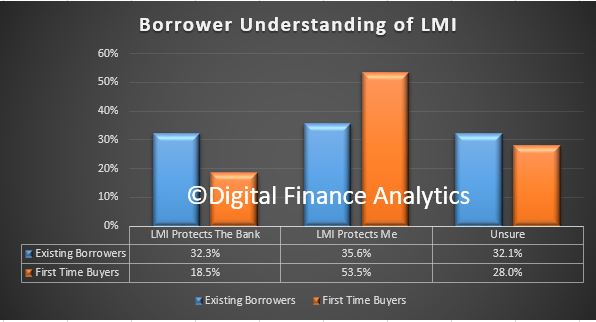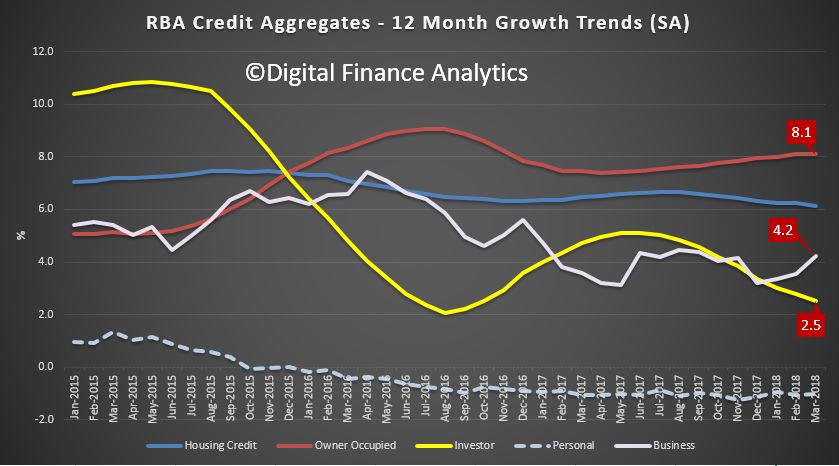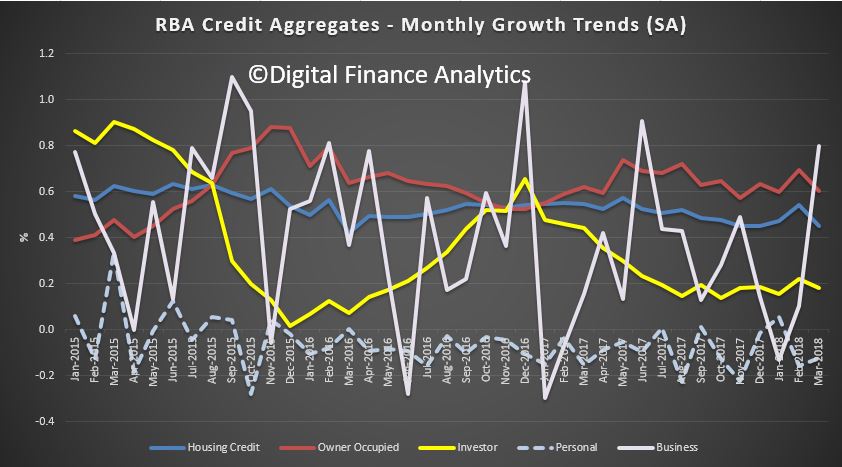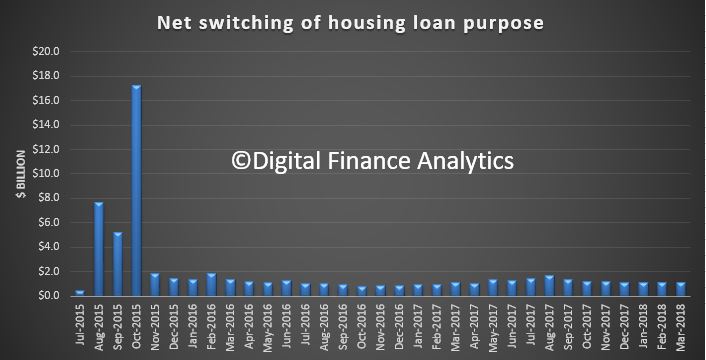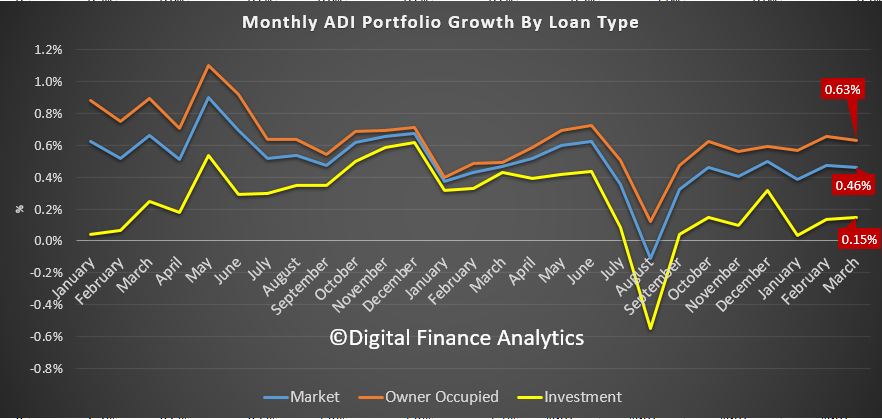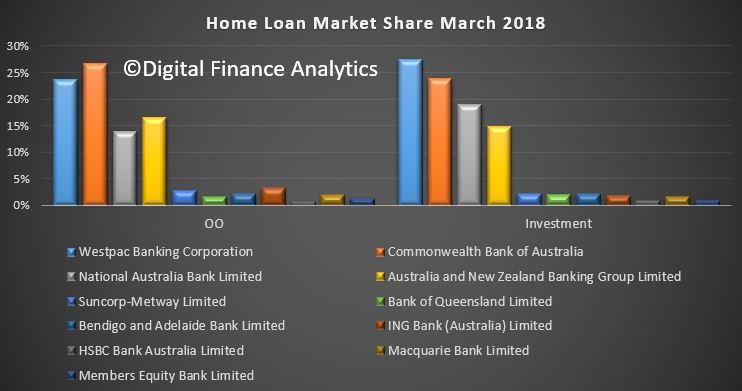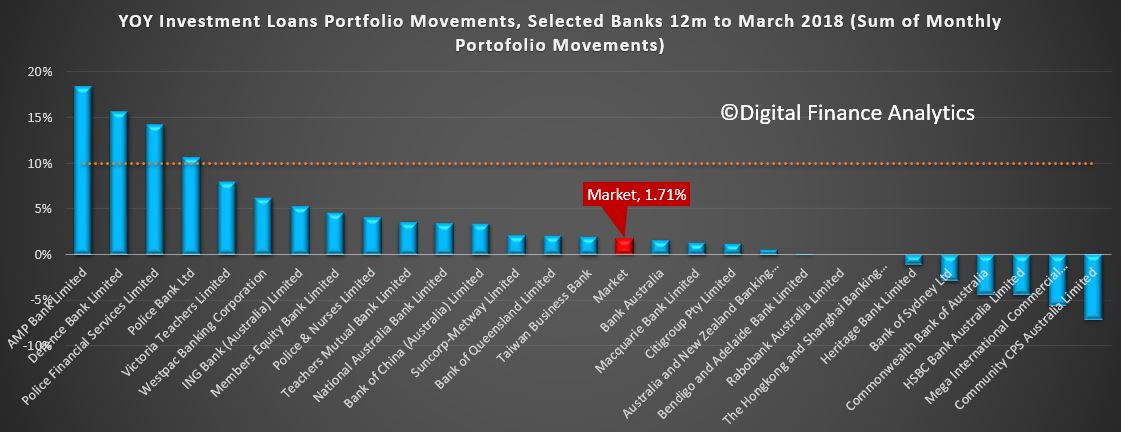As we predicted, a massive class action lawsuit is being planned on behalf of “Australian bank customers that have entered into mortgage finance agreements with banks since 2012”.
 If loans made were “unsuitable” as defined by the legislation, there is potential recourse. This could be a significant risk to the major players if it gains momentum. But we think individuals must take some responsibility too!
If loans made were “unsuitable” as defined by the legislation, there is potential recourse. This could be a significant risk to the major players if it gains momentum. But we think individuals must take some responsibility too!
As the AFR put it –
Lawyers’ representing up to 300,000 litigants are planning an $80 billion action against mortgage lenders, mortgage brokers and financial regulators in a class action that would dwarf previous actions.
…Roger Brown, a former Lloyds of London insurance broker, said he already has about 200,000 borrowers ready to join the action and has $75 million backing from UK and European investors.
“There has been a scam,” he said about mortgage lending to Australian property buyers. “But the train has hit the buffers and there needs to be recompense,” he said.
Law firm Chamberlains has been appointed to act in the planned class action lawsuit, which has been instructed by Roger Donald Brown of MortgageDeception.com in the action that aims to represent various Australian bank customers that are “incurring financial losses as a result of entering into mortgage loan contracts with banks since 2012”.
The law firm is currently calling on bank customers to join the class action, led by Stipe Vuleta, if they have “incurred financial losses due to irresponsible lending practices”.
The MortgageDeception site says:
Those who have entered into loans with banks to purchase residential properties since 2011 are about to encounter difficulties. Since 1995, banks in the United Kingdom, Ireland, Australia and New Zealand have been making massive and obscene profits from providing finance to property purchasers. These banks have cared little about the lending practices adopted by them, and reckless lending has brought about huge and unsustainable increases in property prices.
These lending practices are now leading to problems for both intending buyers and existing owners of property.
We believe that the banking industry and its regulators have intentionally turned a blind eye to the irresponsible lending that has been taking place.”
For Australian bank customers that have entered into mortgage finance agreements with banks since 2012, we have appointed the leading Canberra-based law firm of Chamberlains, www.chamberlains.com.au, to act in the planned class action lawsuit. The partner in charge is Mr Stipe Vuleta.

